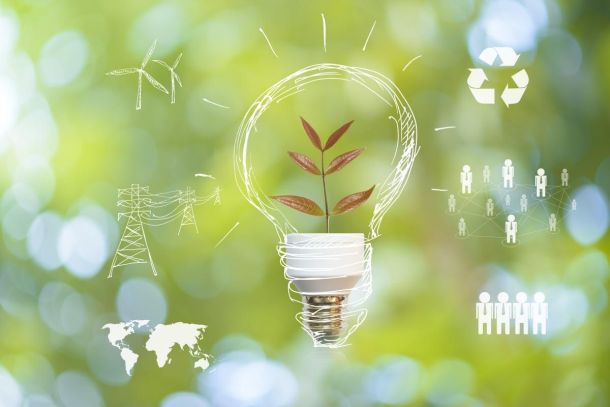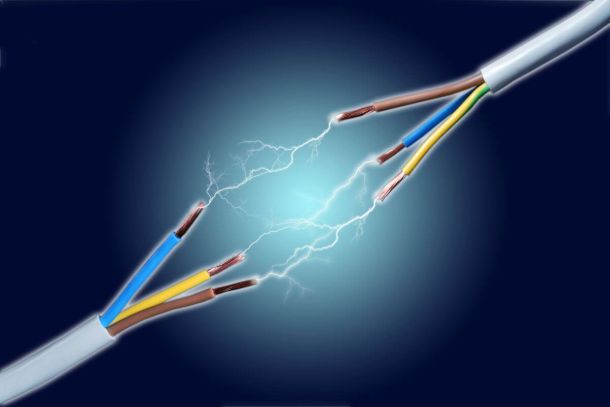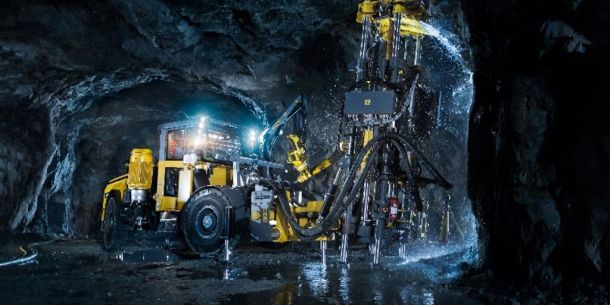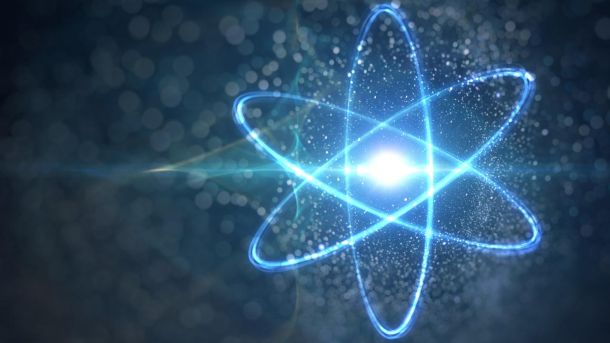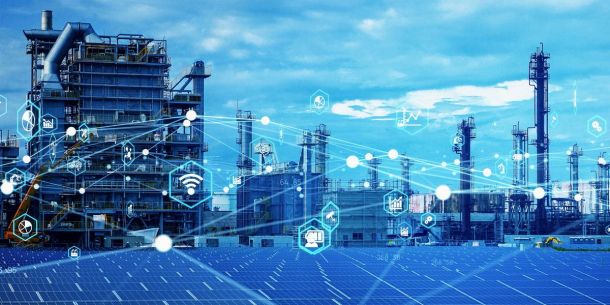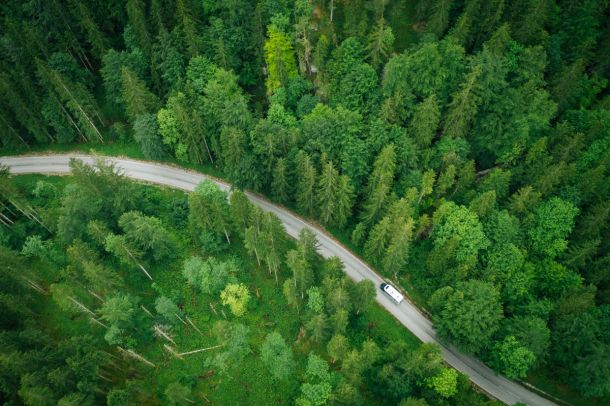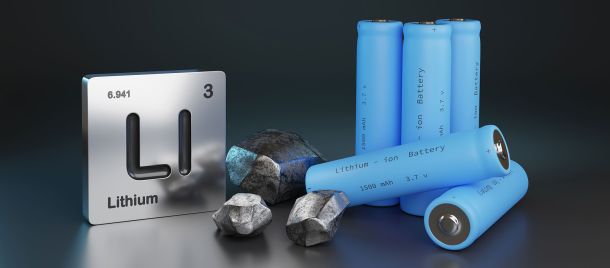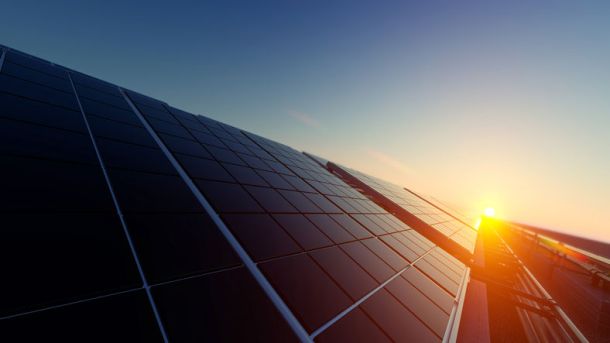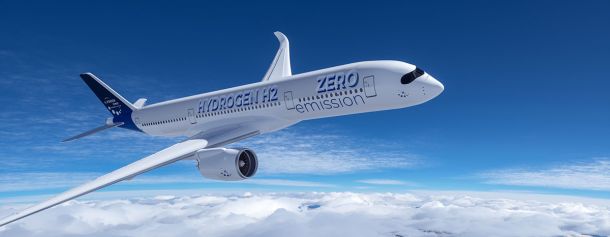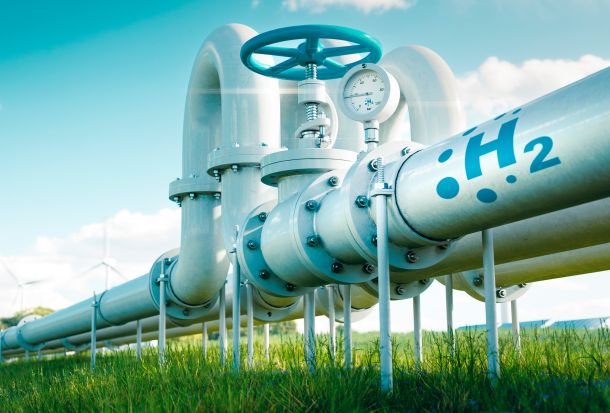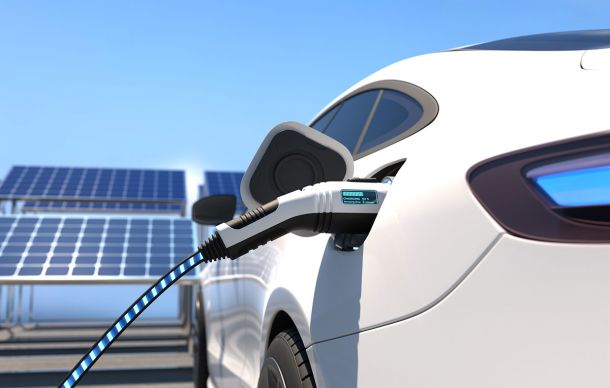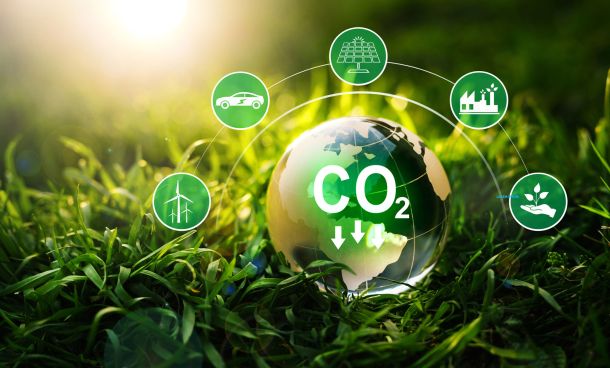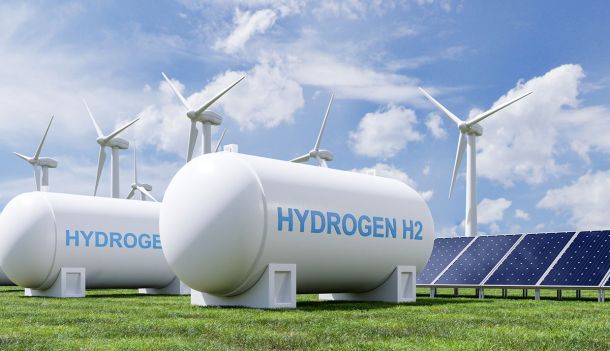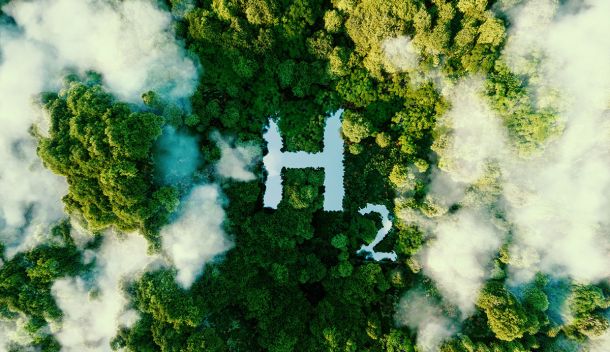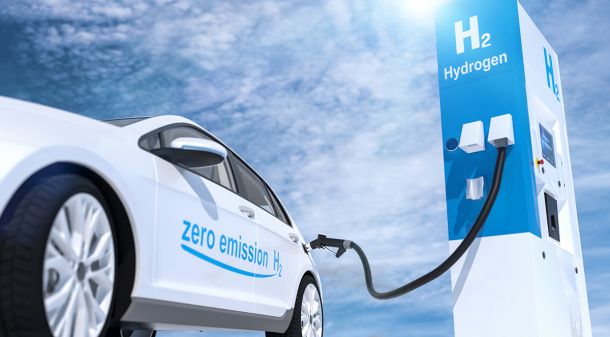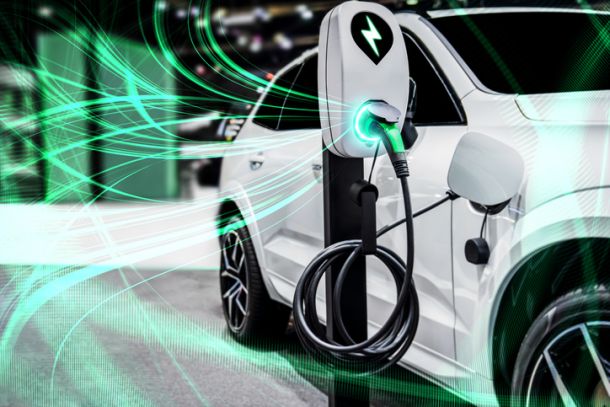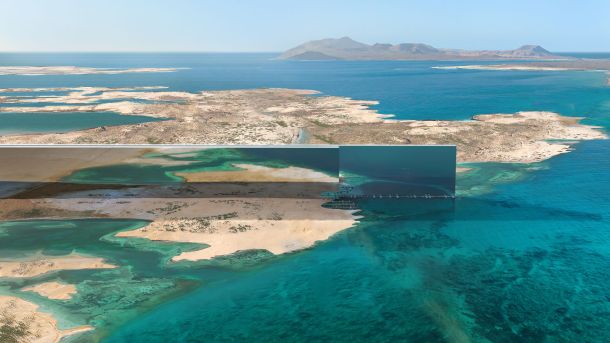INCONCRETO NEWS
The Middle East Region: a New Path towards Renewable Energies
The Middle East is a vast land, mostly desertic and with limited water resources. It served as the cradle of civilization and has been home to various cultures throughout history, progressively acquiring independence. At the beginning of the 20th century, this region was named “Middle East” respecting a European perspective. Once settled, the name remained and is extensively used today to identify the area stretching from the Mediterranean Sea to the Persian Gulf, bordered by the Black and Caspian Seas to the north and the Sahara Desert and the Indian Ocean to the south.

Over the past few decades, the region has achieved considerable independence and has become one of the most important economic areas in the world, with a GDP of 3.38 billion dollars and an average annual growth rate of 2.7% (IMF 2023). Despite its challenging climate, limited groundwater, low rainfall, and scarce arable land, the Middle East benefits from abundant natural resources – particularly in the Gulf States – such as oil and gas, leading to substantial CO2 emissions.
In this publication, we will illustrate the role played by the Middle East, especially some countries within the region, in the production of high-carbon energy sources. Additionally, we will analyse the strategies and potential actions being developed and implemented to promote the development of sustainable energies.
The Middle East: Geographical Advantage, Resource Dominance, and the Path to a Sustainable Future
The Middle East has strategically capitalised on its geographical features and abundant natural resources, particularly through policies focused on exploiting the economic advantage derived from hydrocarbons.
Home to some of the largest oilfields in the world, with two-thirds (67.1%) of the world’s known crude-oil reserves located here, and Saudi Arabia alone accounting for over a quarter of these reserves. The management of such reserves is primarily overseen by the Organisation of Petroleum Exporting Countries (OPEC), a highly influential intergovernmental organization consisting of 13 oil-exporting developing nations.
Likewise, Iran currently holds the world’s largest proven reserves of natural gas, representing approximately 15% of the world’s total: with a reserves-to-production ratio of slightly under 130 years at current rates, there is considerable potential for increased output.
As a result, Middle Eastern oil and gas producers have long dominated the global energy system. Most recently, they have accounted for 15% of the world’s natural gas exports and approximately 50% of all oil exports.
Furthermore, as highlighted by the International Energy Agency (2022), Middle Eastern countries themselves face challenges due to the geographical characteristics of their warm and arid region. Consequently, they rank among the largest consumers of fossil fuels globally, particularly for transportation and energy purposes. This reliance on fossil fuels significantly increases the carbon intensity of their electricity generation, around a fifth higher compared to the global average. In 2021, the extended Middle East area (including North Africa), with a population comprising slightly over 6% of the world’s total, consumed 9.4% of the world’s oil. Currently, the Middle East approximately 95% of its electricity from oil and gas. Thermal plants in the region consume over 290 billion cubic meters of gas, representing more than one-third of the region’s gas production, along with 1.75 million barrels of oil per day. This situation can be attributed to the traditional energy sector subsidies provided by Gulf states. Globally, the Middle East receives the largest percentage of pre-tax energy subsidies.
Therefore, the extensive use of carbon-based energy sources in the region results in it being one of the largest emitters of greenhouse gases, particularly carbon dioxide (CO2). The Middle East has also some of the highest per-capita carbon dioxide emissions globally, with Qatar leading the way.
International observers have highlighted the critical role that Middle Eastern (as well as North African) suppliers, with their history of providing reliable energy supplies, could play in preventing global shortages caused by disruptions in Russian supplies due to the invasion of Ukraine that began in 2022.
However, this immediate increase in demand for oil and gas from non-Russian sources poses a significant challenge in terms of the long-term need for global fossil fuel reduction and a sustainable transition to cleaner renewable energy sources. The urgent short-term motivations faced by producers during the current crisis may lead to investments that conflict with sustainable pathways, which most of Middle Eastern countries have declared as their priority in the near future.
The Middle East’s Sustainable Energy Transition: Progress, Challenges, and Potential
Climate change is expected to have significant impacts on the entire region, resulting in rising temperatures, sea levels, water scarcity, desertification, food insecurity and potentially triggering conflicts through migration and urbanisation.
As a response, the Middle East has begun considering and developing a new economic energy model. While primarily driven by economic factors, there is also some motivation stemming from but partly also motivated by the participation in multilateral climate agreements. Not immune to international pressure to reduce emissions in the power sector, Middle Eastern countries have already positioned themselves in the race towards a sustainable transition through renewable energy sources.
As resumed in a study conducted by the Carnegie Endowment for International Peace, Middle Eastern oil-producer states in the Gulf have made commitments towards achieving climate goals. Saudi Arabia, for instance, has stated its aim to achieve net-zero emissions by 2060 (even if excluding emissions from exports) and has also implemented changes to energy subsidies. Similarly, the UAE has been the first country to commit to net-zero emissions by 2050 in 2021. Other countries have shown more hesitant progress towards emissions reductions. Kuwait, for instance, implemented a review of strategies to decrease greenhouse gas emissions in January 2022, following a previous commitment to reduce emissions by a modest 7.4% by 2035. Furthermore, Egypt hosted COP27 in November 2023, while the UAE will organise the upcoming UN climate change conference, COP28, later this year. In the northern part of the region, Jordan and Israel signed a memorandum of understanding. Under this agreement, Israel is expected to supply Jordan with desalinated water, and in return, the UAE will construct a solar field in Jordan to provide electricity to Israel: This project could contribute to Israel’s goal of achieving 30% renewable energy by the end of the decade.
The EMBER energy think tank suggests that while there are signs of progress towards a sustainable transition, concrete action for clean electricity adoption is lacking in the Middle East. The region stands out as one of the few regions in the world where solar and wind energy have yet to be extensively implemented, with many countries having less than 1% of renewable energy sources in their energy mix, significantly below the global average of 38.2%. This includes Bahrain, Iran, Iraq, Kuwait, Lebanon, Oman, Qatar, and Saudi Arabia. Despite Saudi Arabia ambitious plans for renewable energy, there has been any limited evidence of development in that direction so far, according to EMBER. The exception to this trend is Jordan, which generated 23% of its electricity from wind and solar energy in 2021.
On the other hand, statistics from the International Renewable Energy Agency (IRENA) indicate that in 2022, the Middle East witnessed the highest percentage increase in renewable energy capacity compared to the previous year, surpassing any other region in the world. Iran, Israel, the United Arab Emirates, and Jordan, identified as the leading producers of renewable energy in the region, all reached record highs in terms of green energy capacity during the year. Additionally, Qatar, Oman, and Lebanon surpassed their previous ten-year construction records by connecting more renewable energy capacity in 2022, as reported by IRENA. Additionally, Qatar, Oman, and Lebanon all linked more renewable capacity in 2022 than had been constructed in those nations during the previous ten years.
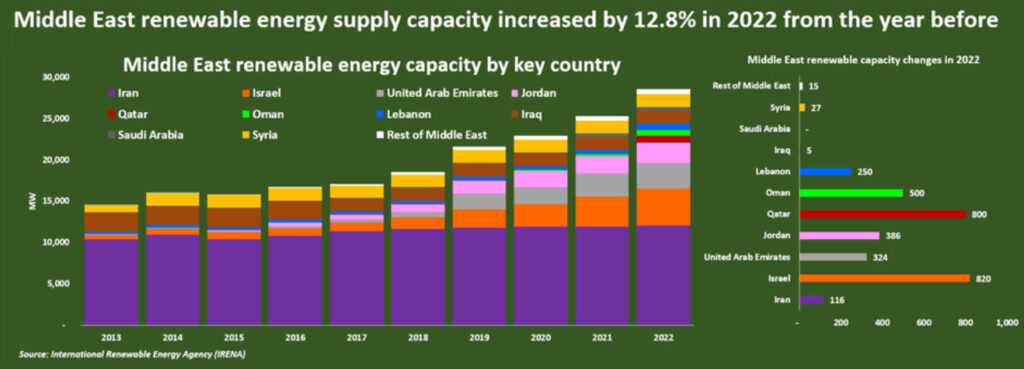
Unlocking the Potential: Middle East’s Innovation and Diversification in Renewable Energy Technologies
Analysts observe that the region is also witnessing unique initiatives in terms of innovation and advanced technologies.
In fact, over the past decades, Middle Eastern countries have emerged as leaders in the field of hi-tech, becoming a breeding ground for innovative start-ups that aim to revolutionize the world in futuristic ways. Interestingly, this trend extends to technological advancements in renewable energies, with a significant number of startups operating in these fields. There is a noticeable scientific enthusiasm for innovation, however, there seems to be a gap between the enthusiasm for technological advancements and the practical application of such technologies in these countries.
A recent study by Oliver Wyman highlights the importance of reducing emissions by 42% for the Middle East to achieve the goal of limiting global warming to 1.5 degrees Celsius by 2030.
Currently, investments in the fossil fuel industry remain necessary for the operation of refineries, chemical plants, and planned facilities in sectors such as technology and pharmaceuticals. Given the increasing demand for power across the region, there is a need for greater production of various energy sources. However, these investments could also serve as a catalyst for diversifying the energy mix in the near future, paving the way for a more sustainable economy.
As highlighted by Reuters (2023), making the most of the expertise in green energy technologies, such as the construction of utility-scale solar farms and the manufacturing of electric vehicles, could be a driver for that diversification in both Saudi Arabia and Qatar, and other countries in the region. Furthermore, the introduction of large-scale renewable energy into the grids of nations like Oman and Qatar could demonstrate to utilities with limited experience in renewables the value of integrating significant green energy capabilities.
The Middle East has a unique opportunity to leverage this momentum and explore new paths for the development of renewable energies applications, including solar, wind and hydrogen power. By doing so, the region can transform from being a major hub for fossil fuels to becoming a key player in the global energy transition.
INCONCRETO, as an international consultancy, can provide expertise in capital project optimization in the energy sector.
Connect with our team!
We combine technical expertise with large program execution practices, improving predictable outcomes and steering profitability on Capex/Opex project investments.
For further readings, you may consult these sources:
- Middle East starts cleaning up its power act with renewable push, by Reuters
- Share of World Crude Oil Reserves, by OPEC
- Iran’s renewed focus on shared gas fields, by the Middle East Institute
- How producers in the Middle East and North Africa can free up more natural gas for exports, by the International Energy Agency (IEA)
- Cascading Climate Effects in the Middle East and North Africa: Adapting Through Inclusive Governance, by Carnegie Endowment for International Peace
- Middle East – No sign of a transition away from gas and oil reliance, by EMBER
- Can the Middle East’s renewable energy targets become more than an aspiration?, by Power-Technology
- The Middle East embraces renewable energy, by GlobalData Energy
Newsletter
© INCONCRETO. All rights reserved. Powered by AYM

